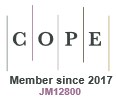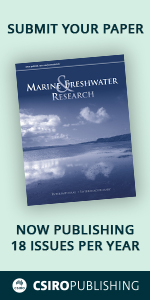MF25050Long-term abiotic changes in two technogenic lakes in the Wadi El-Rayan depression (Egypt)
 , Moham E. Goher, Nickolai Shadrin, Seliem M. El Sayed, Mahmoud H. Hegab, Nehad Khalifa, Soaad A Sabae, Yaseen Abd El-Tawab, Abdellatif M. Hussian and Mikhail Grigoriev
, Moham E. Goher, Nickolai Shadrin, Seliem M. El Sayed, Mahmoud H. Hegab, Nehad Khalifa, Soaad A Sabae, Yaseen Abd El-Tawab, Abdellatif M. Hussian and Mikhail Grigoriev
Approximately 200 × 106 m3 of agricultural drainage water have been discharged annually to the Wadi El-Rayan depression (Egypt) since 1973, creating two artificial lakes. Among other services, they supported high bird diversity formation and the development of multi-species aquaculture. We provide new information on long-term changes in both lakes from 1984 to 2022, which gives a better understanding of these unique ecosystem dynamics; this is valuable for the management of technogenic waterbodies and the development of sustainable polyaquaculture in in arid areas.




